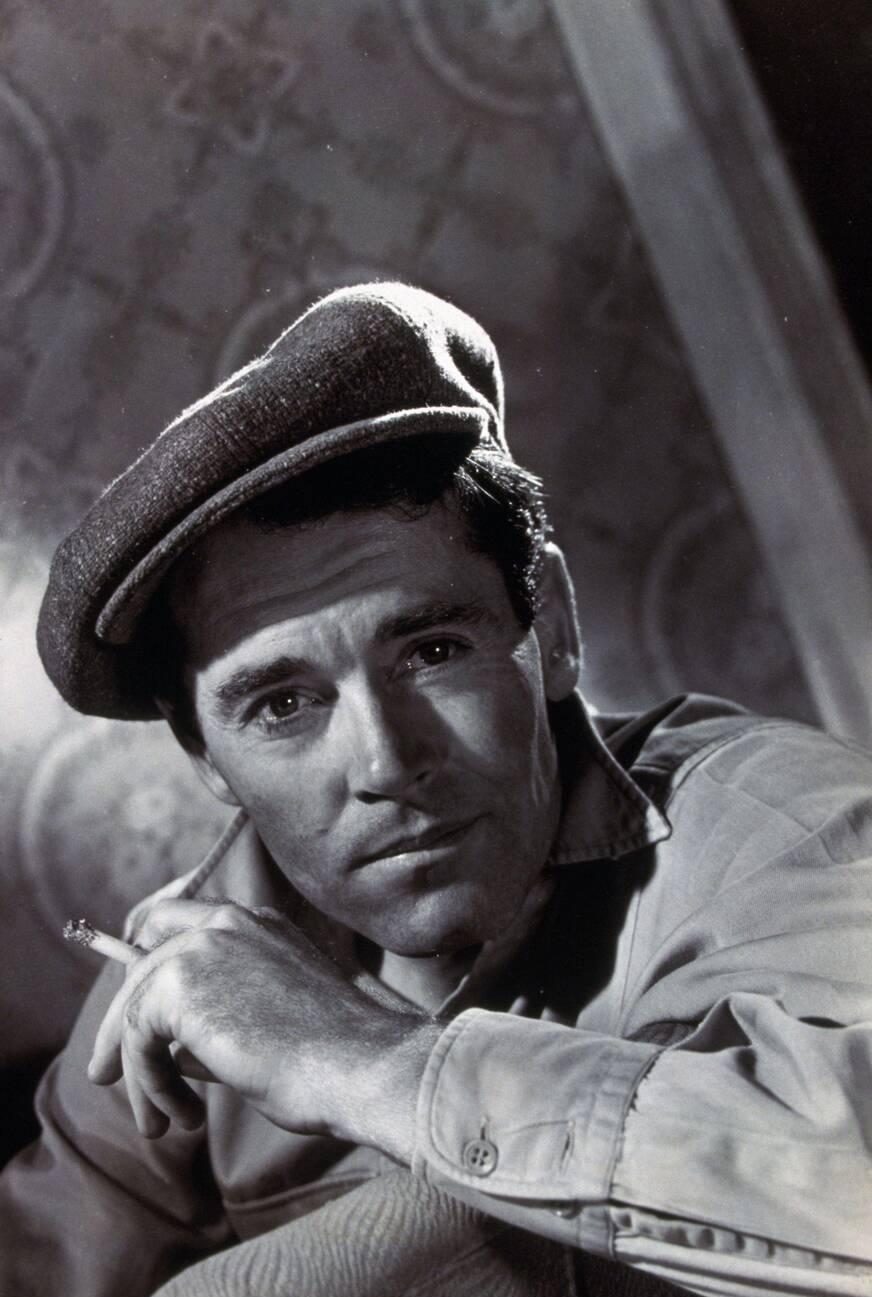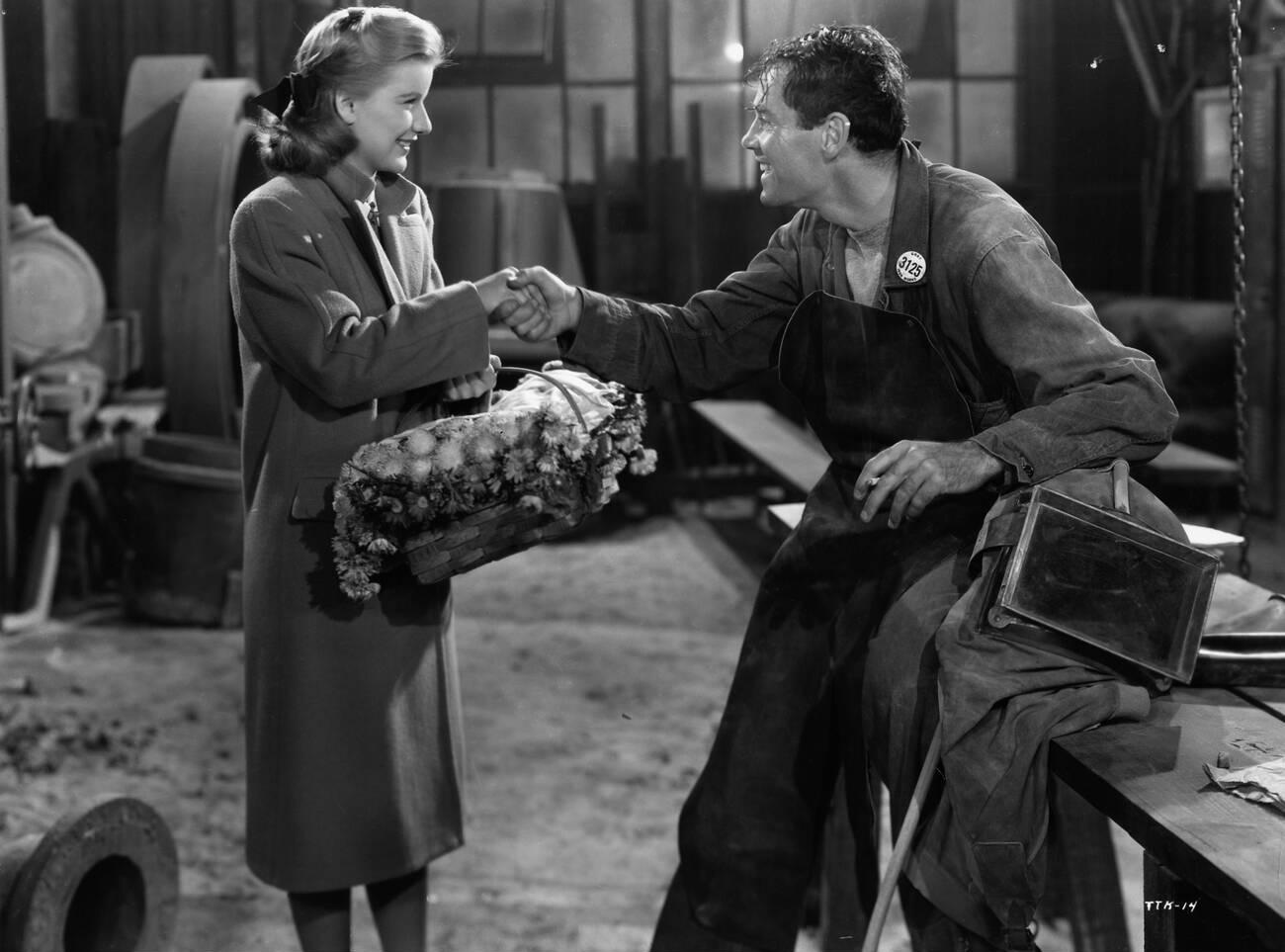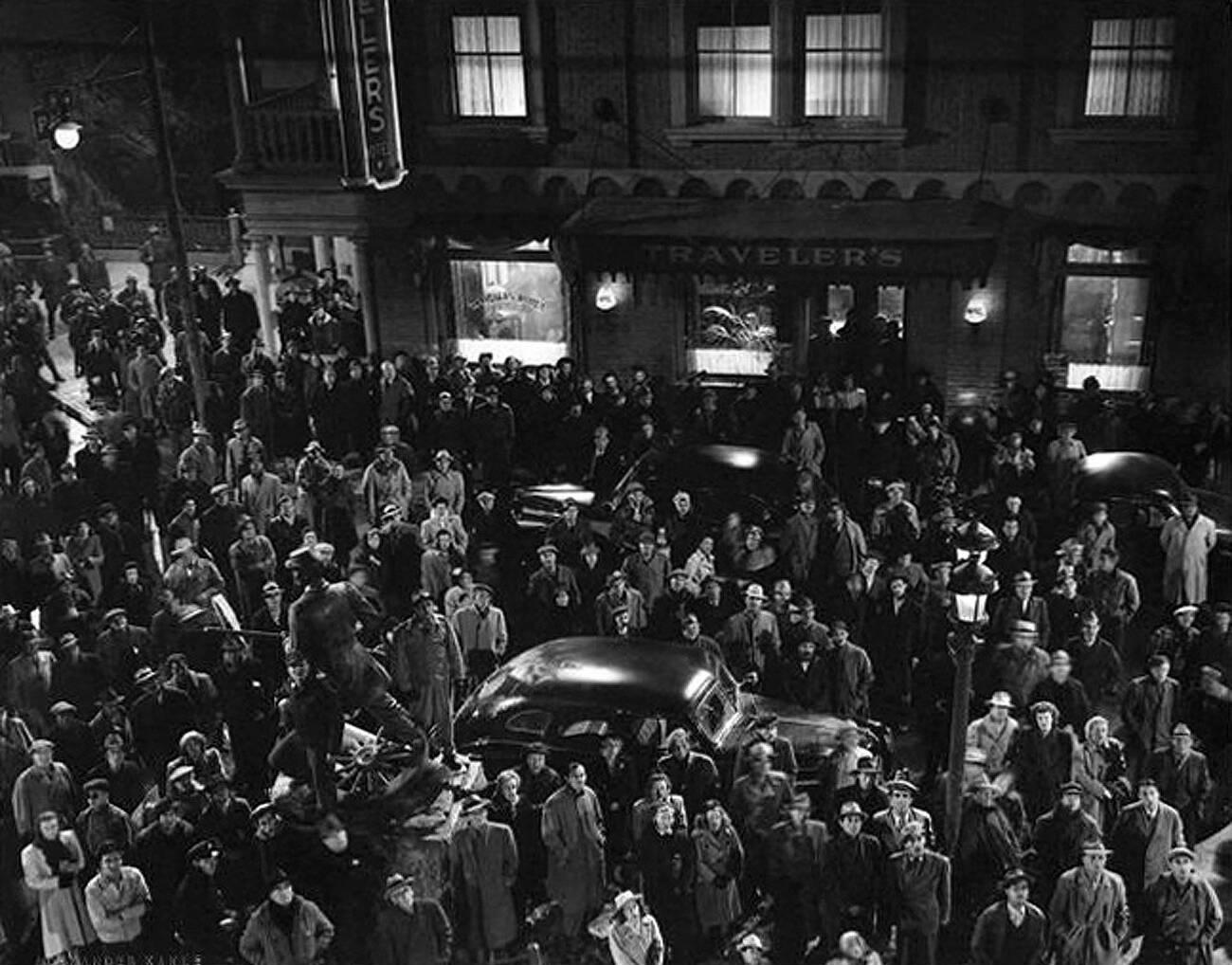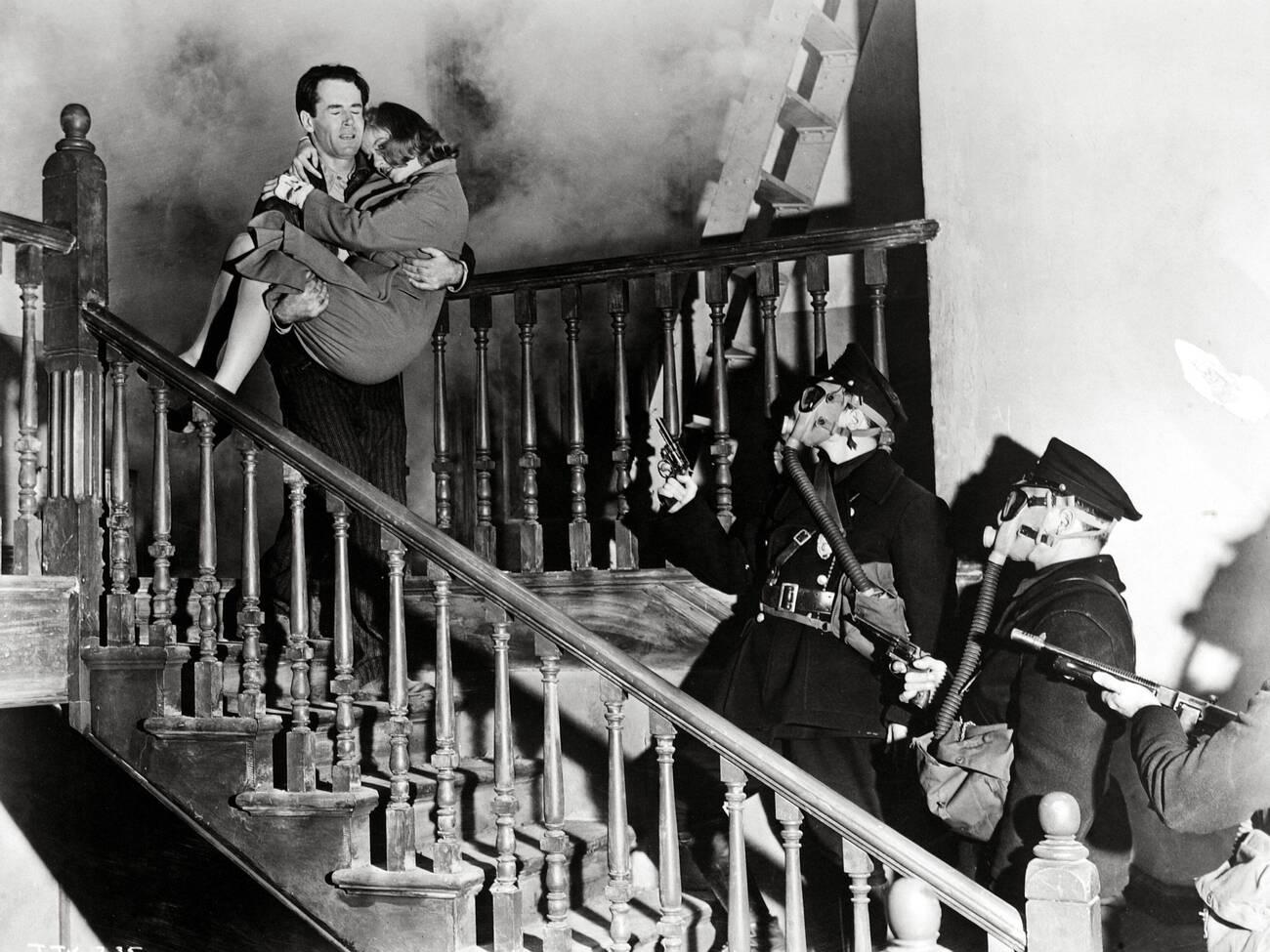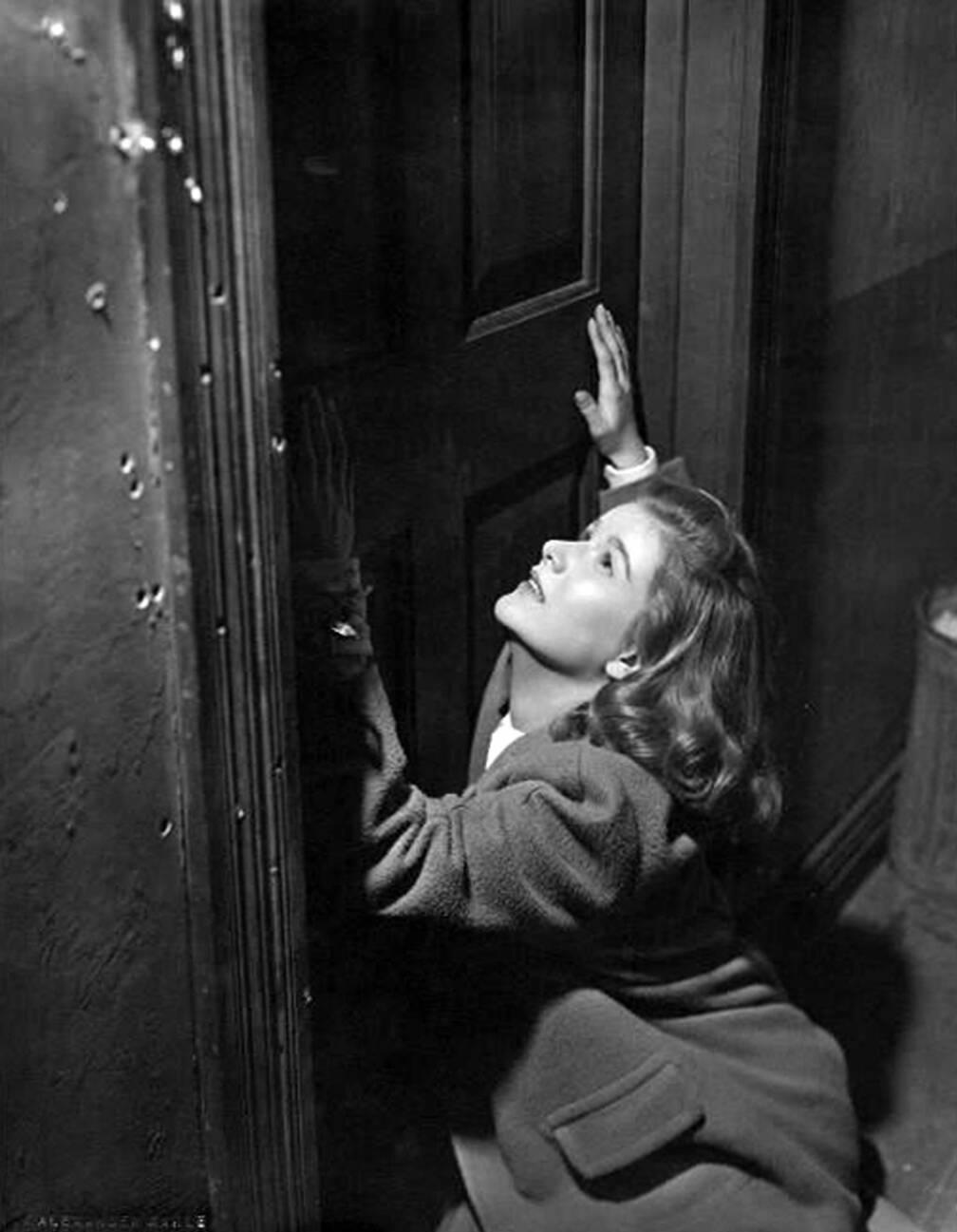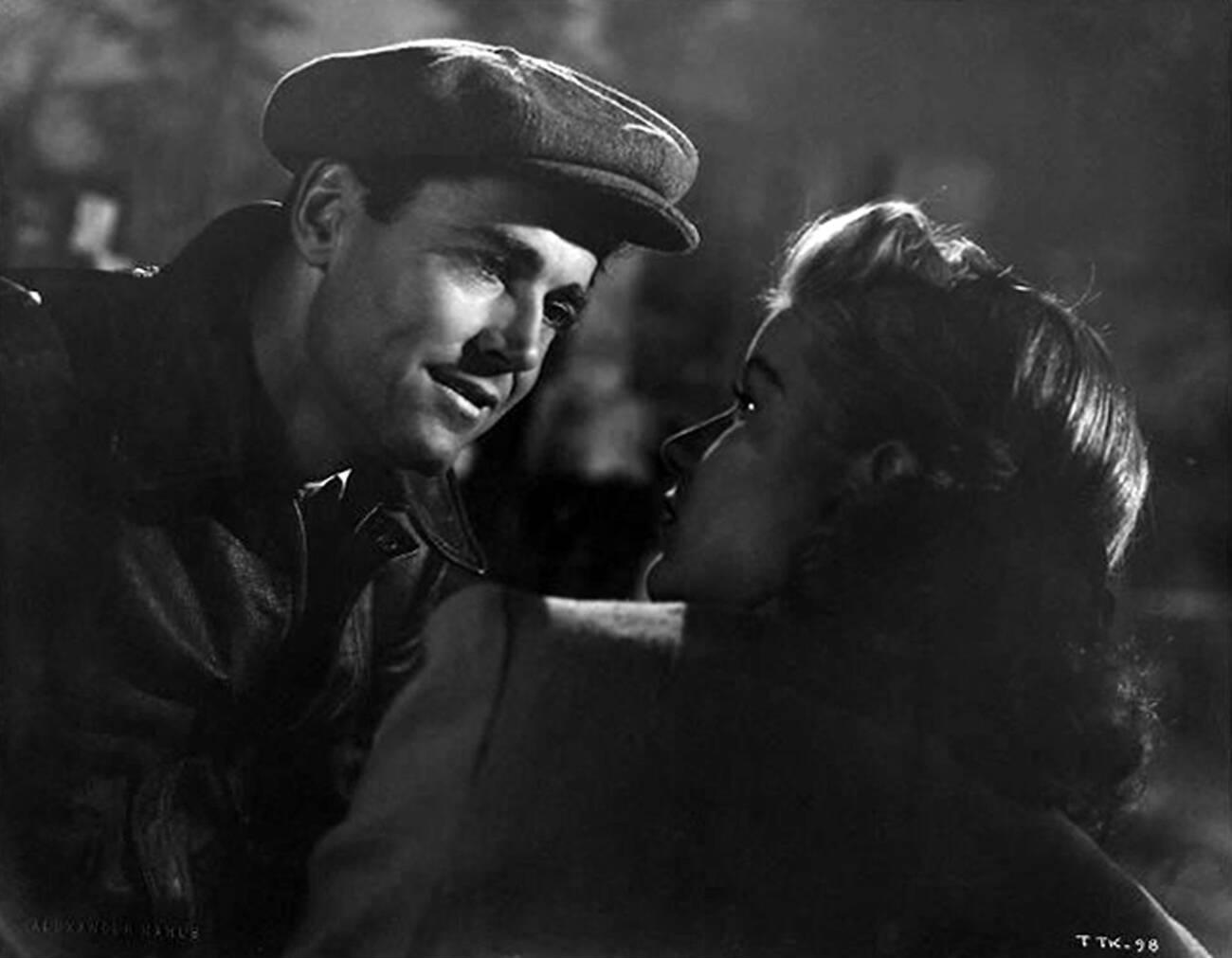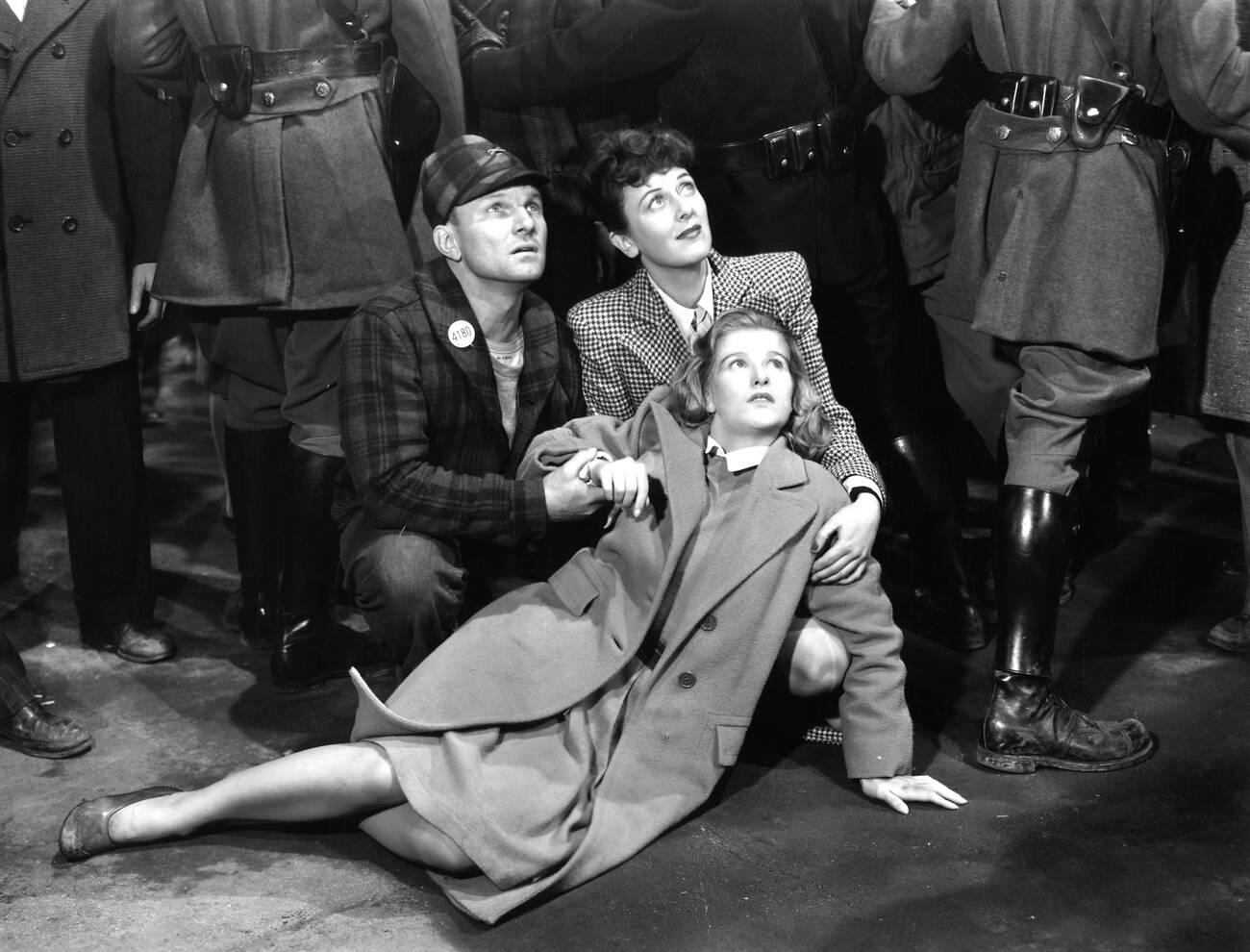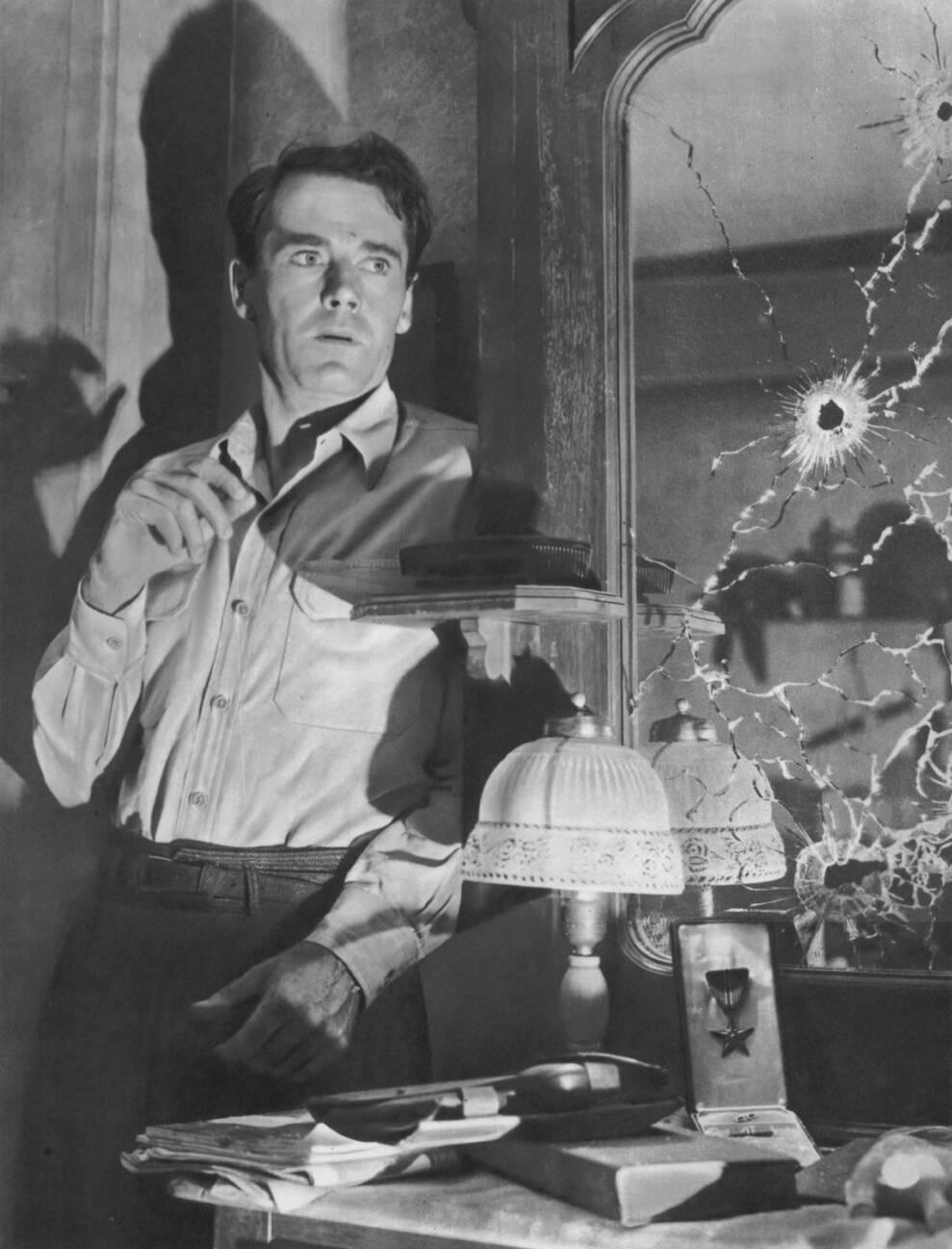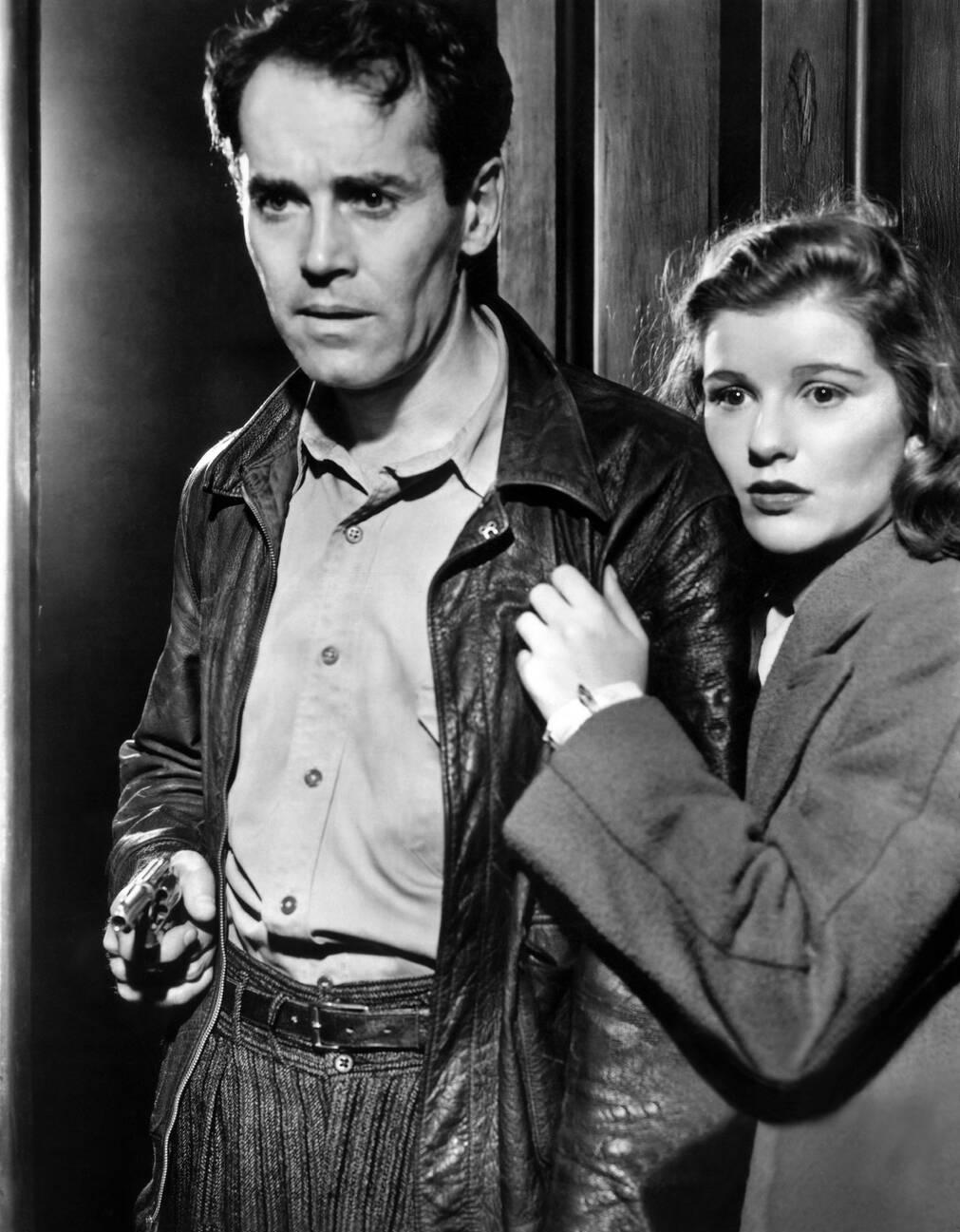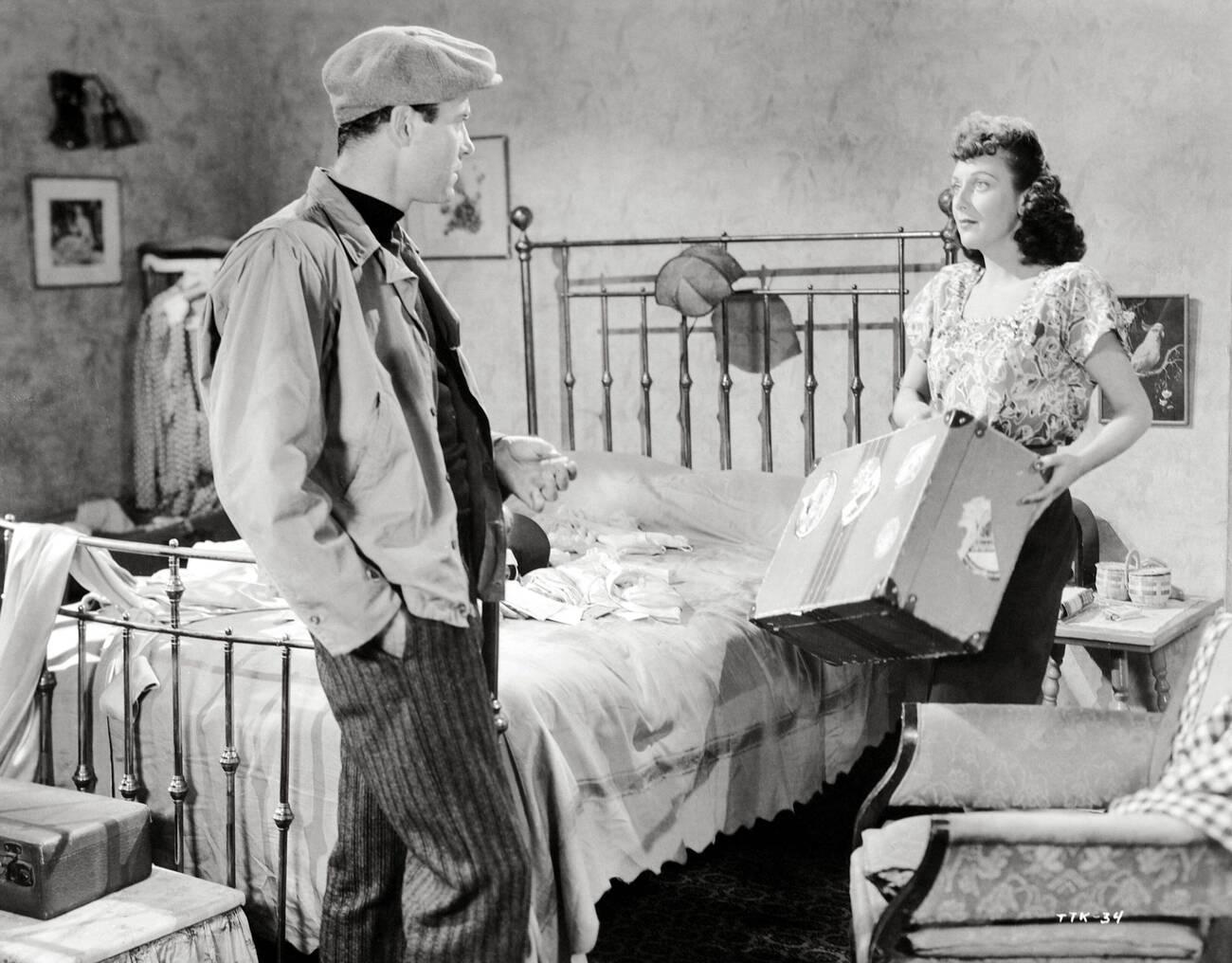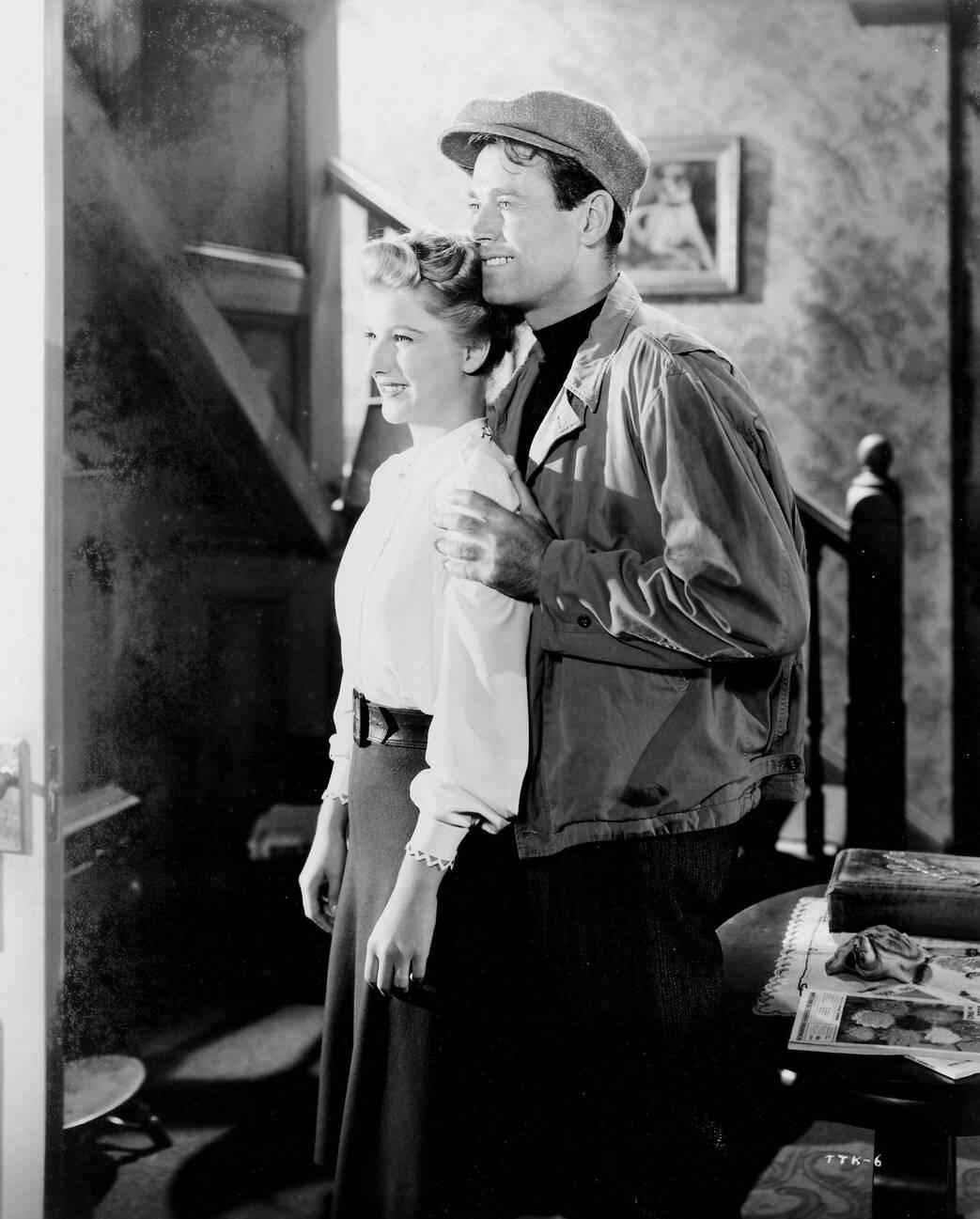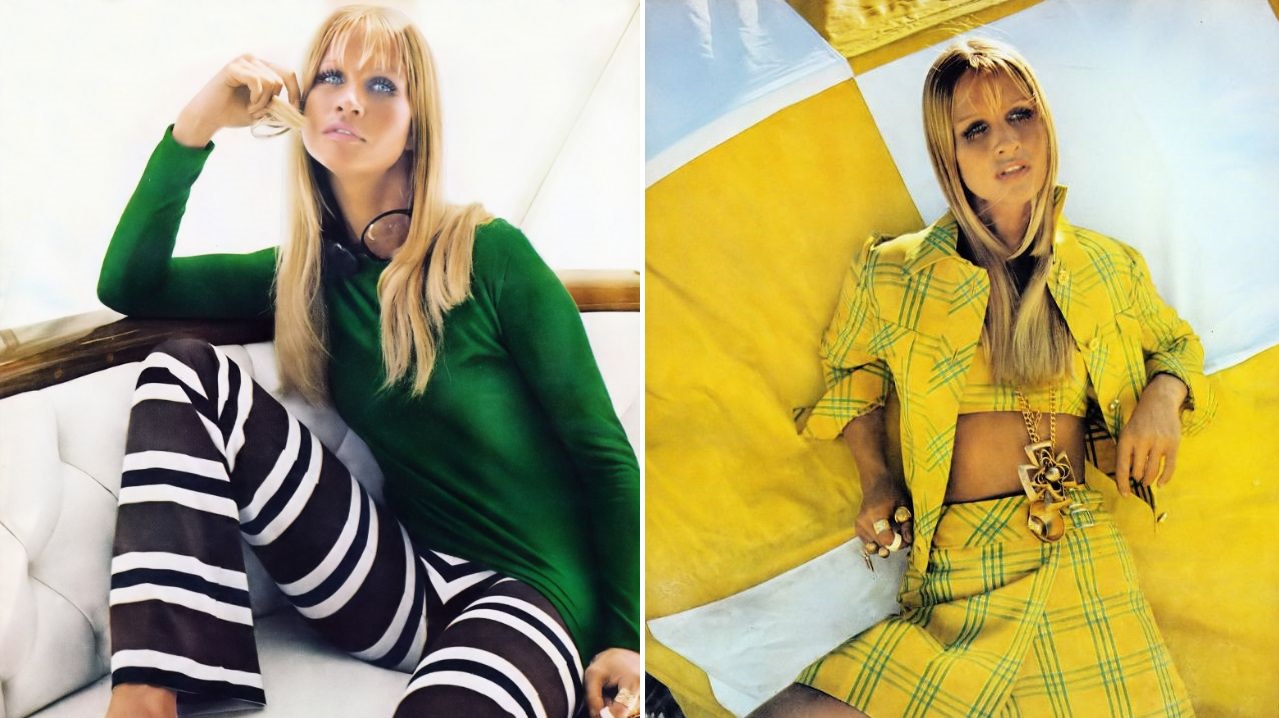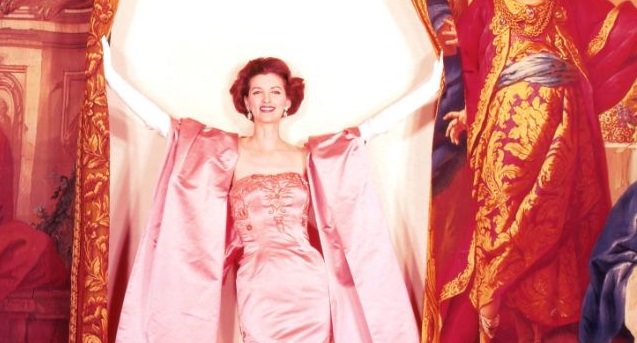In the vast panorama of film noir, “The Long Night” stands as a somewhat obscured treasure, awaiting rediscovery by aficionados of the genre. Released in 1947, this American film noir offers a compelling narrative, remarkable performances, and innovative cinematography that merit a detailed exploration. Directed by Anatole Litvak, “The Long Night” is an adaptation of the 1939 French film “Le Jour se Lève,” directed by Marcel Carné.
Plot Overview
“The Long Night” is a gripping drama that unfolds in a small, industrial town, where Joe Adams (played by Henry Fonda), a factory worker, is barricaded in his apartment, surrounded by police. Through a series of flashbacks, the narrative reveals the events leading to this standoff, including Joe’s tumultuous relationships, his entanglement with the manipulative magician Maximilian (Vincent Price), and the tragic love triangle involving Jo Ann (Barbara Bel Geddes) and Charlene (Ann Dvorak).
Cast and Performances
Henry Fonda delivers a nuanced performance as Joe Adams, bringing depth to a character caught in a web of despair and defiance. Vincent Price, as the cunning Maximilian, offers a perfect foil to Fonda’s Adams, showcasing his versatility in a role that blends charm with menace. Barbara Bel Geddes, in her film debut, portrays Jo Ann with a blend of innocence and resilience, while Ann Dvorak’s Charlene adds complexity to the narrative with her own set of desires and decisions. The chemistry among the cast elevates the film, making their characters’ intertwined fates compelling and believable.
Direction and Cinematography
Anatole Litvak’s direction is noteworthy for its atmospheric use of shadow and light, a hallmark of film noir. The cinematography, by Sol Polito, adeptly captures the tension and claustrophobia of Joe’s apartment, juxtaposed with the bleakness of the town’s industrial landscape. The film’s use of flashbacks is a narrative device that enriches the story, allowing the audience to piece together the puzzle of Joe’s predicament alongside the unfolding present-day drama.
Production Insights
“The Long Night” was produced by RKO Pictures, a studio known for its contributions to the noir genre. The film’s production involved challenges, including adapting a French story for an American audience and integrating stage elements into a cinematic framework. The decision to cast Henry Fonda, coming off a series of successful roles, was pivotal in anchoring the film with a strong lead. The set design, especially Joe’s apartment and the industrial town, plays a critical role in establishing the film’s mood and atmosphere.


